An overhead bridge crane is a heavy-duty material handling equipment designed to lift, se déplacer, and position large or heavy loads horizontally across a fixed span.

An overhead bridge crane is a heavy-duty material handling equipment designed to lift, se déplacer, and position large or heavy loads horizontally across a fixed span. Suspended from or mounted on elevated runways (typically along the length of a facility), it consists of a bridge structure that travels along these runways, with a hoist or trolley system that moves perpendicular to the bridge—enabling precise, multi-directional load movement.
Widely used in industrial settings, overhead bridge cranes streamline operations, réduire le travail manuel, and enhance safety when handling weights from a few tons to hundreds of tons. They are customizable to fit specific workspace dimensions, load requirements, et les conditions environnementales, making them indispensable in manufacturing, logistique, and heavy industries.

Overhead bridge cranes are engineered for reliability, efficacité, et la sécurité. Here are their core features:

Single girder overhead bridge crane

Choosing between single girder and double girder overhead bridge cranes depends on your load requirements, workspace, and budget. Here’s a breakdown:
|
Fonctionnalité
|
Single Girder Overhead Bridge Crane
|
Double Girder Overhead Bridge Crane
|
|
Structure
|
One main girder (beam) supporting the hoist/trolley.
|
Two parallel girders with the hoist/trolley running between them.
|
|
Capacité de chargement
|
Jusqu'à 20 tonnes (standard); 50 tonnes (heavy-duty models).
|
20 tons and above (commonly 50–500+ tons).
|
|
Longueur de portée
|
Ideal for spans up to 30 mètres.
|
Suitable for longer spans (jusqu'à 50+ mètres).
|
|
Hauteur de levage
|
Moderate (limited by single girder strength).
|
Higher lifting heights (extra clearance due to dual girders).
|
|
Coût
|
More affordable (simpler design, lower material use).
|
Coût initial plus élevé (sturdier build, larger components).
|
|
Mieux pour
|
Light to medium loads; small to medium facilities (Par exemple, ateliers, entrepôts).
|
Heavy loads, large spans, or harsh environments (Par exemple, aciéries, chantiers navals).
|

Below is a general parameter table for common overhead bridge crane models. Custom specifications are available based on your needs:
|
Type de modèle
|
Max Lifting Capacity
|
Longueur de portée
|
Hauteur de levage
|
Classe ouvrière (ISO/FEM)*
|
Alimentation électrique
|
Vitesse de levage
|
|
Poutre simple (Standard)
|
1–20 tons
|
5–30 m
|
3–12 m
|
A3–A5
|
380V/3Ph/50Hz (coutume)
|
0.5–10 m/min
|
|
Poutre simple (Heavy-Duty)
|
20–50 tons
|
10–25 m
|
5–15 m
|
A5–A6
|
380V/3Ph/50Hz (coutume)
|
0.3–8 m/moi
|
|
Double poutre (Standard)
|
20–100 tons
|
10–40 m
|
6–20 m
|
A6–A7
|
380V/3Ph/50Hz (coutume)
|
0.2–6 m/min
|
|
Double poutre (Ultra-Heavy)
|
100–500+ tons
|
15–50+ m
|
8–30 m
|
A7–A8
|
Coutume (diesel/electric)
|
0.1–4 m/min
|
Classe ouvrière: Indicates duty cycle (how often the crane operates under load). Higher classes (A7–A8) suit continuous, heavy-use environments.

Overhead bridge cranes are versatile across sectors requiring heavy material handling. Key applications include:
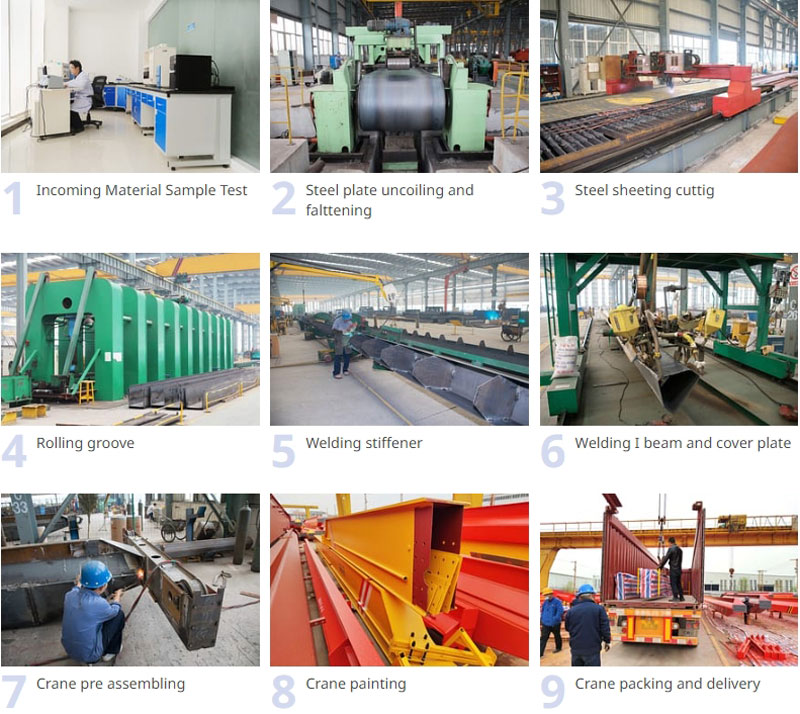

Follow these steps to select the perfect overhead bridge crane for your needs:
Q1: How often should an overhead bridge crane be inspected?
UN: Daily visual checks (for wear, leaks, or loose parts) and annual professional inspections are mandatory. Heavy-use cranes (A7–A8) may require quarterly inspections.
Q2: Can overhead bridge cranes be automated?
UN: Oui. Modern models can integrate with IoT systems for automated load tracking, scheduled movements, and remote operation—ideal for repetitive tasks.
Q3: What’s the lifespan of an overhead bridge crane?
UN: With proper maintenance, single girder cranes last 15–20 years; double girder cranes can operate for 25–30 years or longer.
T4: How is an overhead bridge crane installed?
UN: Installation involves mounting runways to building columns or support structures, positioning the bridge, and integrating the hoist/trolley. Professional installation is recommended for safety.
Q5: What’s the difference between an overhead bridge crane and a gantry crane?
UN: Overhead bridge cranes run on elevated runways (attached to a building), while grues à portique have ground-supported legs—making gantries better for outdoor or open spaces.
Prêt à améliorer l’efficacité de votre manutention? Contact us for a custom overhead bridge crane solution tailored to your industry and workflow.
Partager avec PDF: Télécharger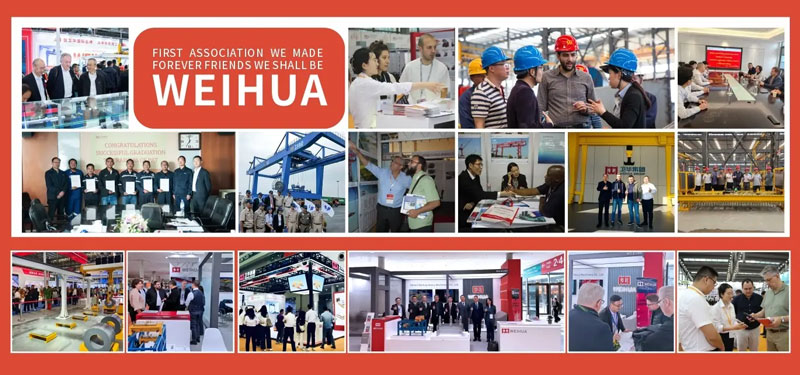
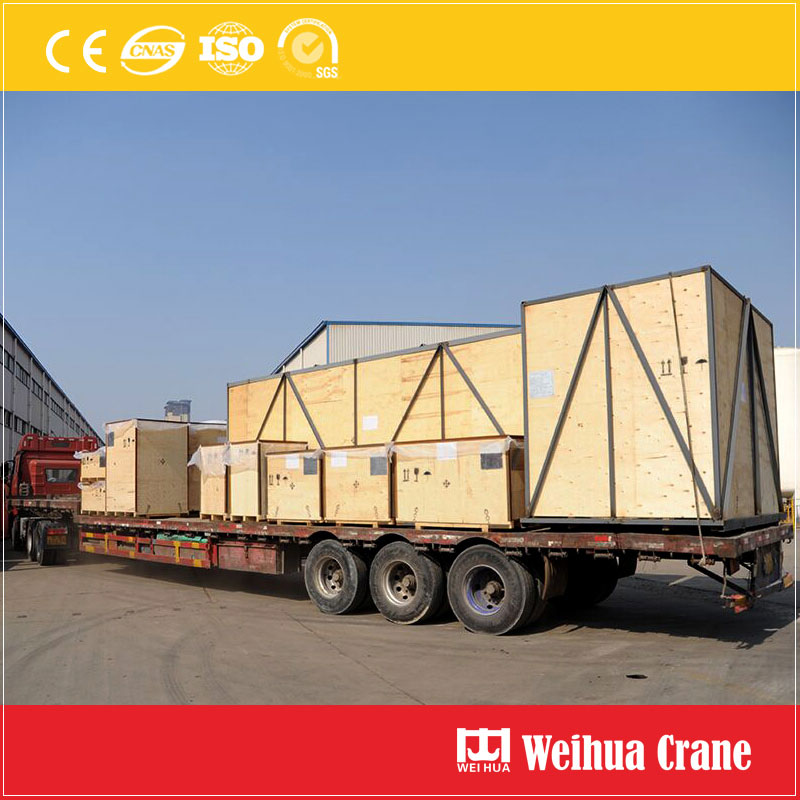

Nous apprécions vos commentaires! Veuillez remplir le formulaire ci-dessous afin que nous puissions adapter nos services à vos besoins spécifiques.
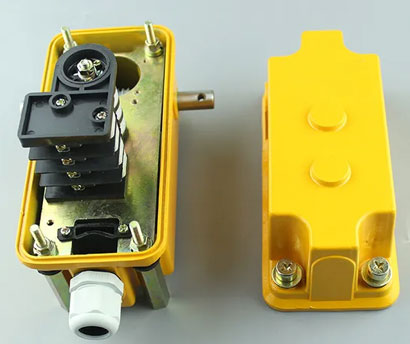
The lifting height limiter effectively mitigates the risks of hook over-lifting, which c……
Découvrir plus →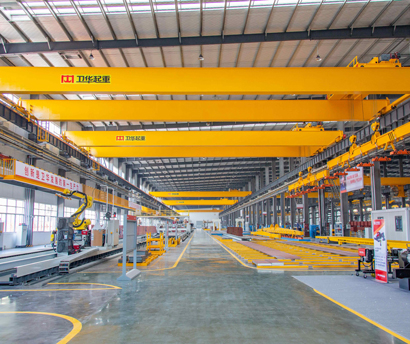
30 Tonnes de pont roulant: Heavy-Duty Material Handling Solution The 30 tons overhead cra……
Découvrir plus →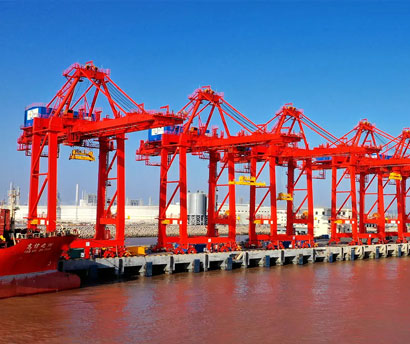
En tant que l'un des équipements les plus critiques dans les terminaux à conteneurs, Les grues STS assurent……
Découvrir plus →

Cliquez sur le bouton pour obtenir des informations et des citations de produits sur WhatsApp.
Obtenez un devis
Dernières commentaires